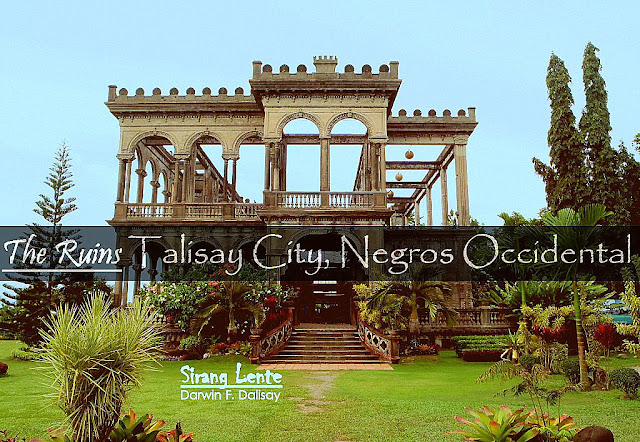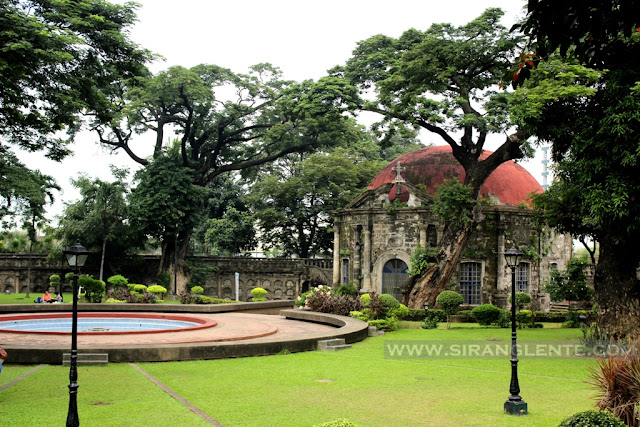
Jump to: Overview | How to Get There | Things to Do | Food to Try | Travel Tips | My Solo Backpacking | Cheap Hotels
Overview of Zamboanga City
"The Latin City of Asia" was given to Zamboanga City because of its language, called "chavacano," similar to Spanish. The city is situated on the Southern side of the Zamboanga Peninsula and the Northern side of Basilan. Aside from their language, the city is also prominent with its "vinta," a colorful and stunning sailboat or watercraft that is usually used by the locals. Using Google Maps, had a walking tour of their top tourist spots and destinations.









